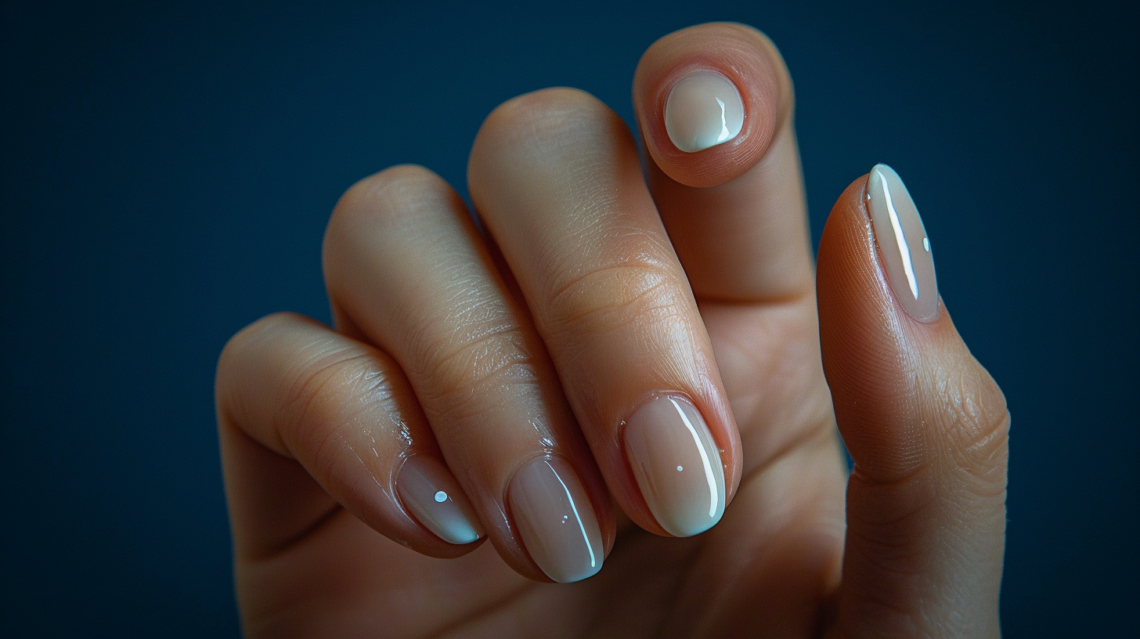
What Your Nails Say About Your Health
Your fingernails can offer a remarkably vivid glimpse into the state of your overall health. Beyond their role in beauty, these keratinous coverings serve as vital indicators that can signal various health conditions—ranging from minor nutritional deficiencies, to potentially serious diseases.
The Diagnostic Potential of Nail Colour
The colouration of your nails can be a powerful diagnostic tool, providing clear indicators of your physiological wellbeing. Pale nails, for example, might not just signify a need for more iron in your diet but could be alarming beacons pointing towards conditions such as anaemia, malnutrition, congestive heart failure, or even liver disease. Similarly, the emergence of white nails could indicate liver complications like hepatitis, which may also impart a yellowish hue to the skin—an indication commonly associated with jaundice.
Moreover, a yellowing of the nails often suggests a fungal infection, although on rare occasions, it could also hint at more severe issues such as diabetes or thyroid disorders. A bluish tint in the nails is another concerning sign, potentially indicating inadequate oxygen levels which could be linked to lung problems like emphysema or even cardiovascular issues. Perhaps most alarmingly, the presence of dark lines beneath the nails should not be ignored as this could be symptomatic of melanoma—a severe form of skin cancer.
Nail Texture and Its Health Implications
The texture of your nails also holds clues to your health. Nails exhibiting a ripple-like texture with a reddish-brown discolouration could potentially forewarn of inflammatory arthritis or psoriasis. Trauma to the nails, such as that resulting from an inadvertent injury, might manifest as horizontal ridges, while vertical ridges frequently appear as a normal part of the ageing process and generally do not signify underlying health issues.
Conversely, nails that are brittle, dry, or frequently cracked may indicate thyroid problems or fungal infections. Inflammation around the nails, particularly if the skin around them (known as the nail fold) appears red and swollen, can result from infections potentially exacerbated by habits like nail-biting or could indicate a connective tissue disorder such as lupus. Another condition, known as “clubbing,” involves swelling of the fingers with the nails curving to become rounded; this is often seen in individuals with liver or kidney diseases.
Lifestyle Factors Influencing Nail Health
While structural and colour changes in the nails can indicate various health issues, it is crucial to acknowledge the impact of lifestyle choices. Nail-biting, a common yet challenging habit to break, not only spoils the nails’ appearance but can also lead to serious infections requiring surgical intervention. Preventative measures such as applying a bitter-tasting nail polish or using bandaids can effectively help curb this habit, especially in children. Stress-induced nail biting might be managed through techniques such as maintaining a stress diary to identify and mitigate triggers.
Nutritional Considerations for Optimal Nail Health
Diet plays a pivotal role in maintaining nail health. A lack of essential nutrients can markedly impair nail quality. Incorporating protein-rich foods, like grass-fed beef, and a variety of leafy greens and berries, which are abundant in antioxidants, vitamins, and minerals, helps fortify nails. Additionally, biotin, found in eggs and sources of omega-3 fatty acids, is crucial for maintaining nail strength and integrity.

